Tired of Unwanted Feathered Guests? A Pro’s Guide to Bird-Proofing Your Home
I’ve spent a long, long time in the wildlife management game. A good chunk of that career has been spent on rooftops, teetering on ladders, and wedged into tight spaces, all because of birds. I’ve seen it all—from a single woodpecker punching holes in brand-new siding, causing thousands in damage, to a flock of pigeons turning a beautiful building into a biohazard zone.
In this article
- First Things First: What You Can (and Absolutely Cannot) Do
- Thinking Like a Bird: Why They Chose Your House
- The Gold Standard: Physical Barriers That Actually Work
- Deterrents: How to Use Sight and Sound the Smart Way
- How to Choose: Spikes vs. Netting vs. Tape
- The All-Important Cleanup: Don’t Skip This Step!
- Your DIY Bird-Proofing Starter Kit
- When Is It Time to Call a Professional?
- Inspirational Gallery
Now, don’t get me wrong, birds are vital to our world. But when they decide your house is a better home than the trees, you’ve got a problem. This isn’t about hurting them. It’s about gently, but firmly, encouraging them to find a more appropriate place to live—one that doesn’t wreck your property or pose a health risk.
First Things First: What You Can (and Absolutely Cannot) Do
Before you even think about picking up a tool, we need to get one thing crystal clear. A long-standing federal law, the Migratory Bird Treaty Act, protects most native bird species in North America. This law makes it illegal to capture, harm, or even possess these birds. It also protects their active nests—that means any nest with eggs or chicks inside. Messing with one can land you in some serious hot water with hefty fines.
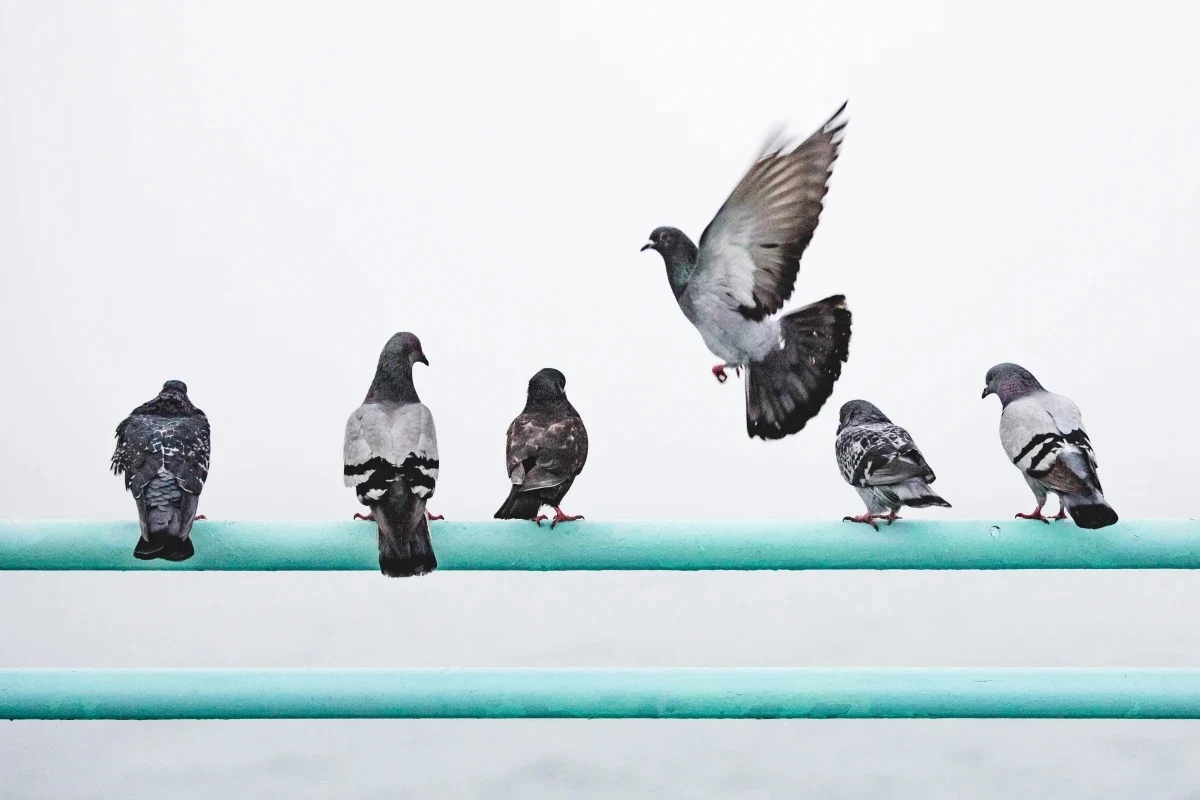
So, the first rule of bird management is simple: do no harm and follow the law. Our goal is always to deter and exclude, never to destroy.
Quick Legal Check: To keep it simple, here’s the breakdown of the most common troublemakers:
- Generally NOT Protected: Pigeons (Rock Doves), European Starlings, and House Sparrows. These are invasive species, so you have more leeway. Still, humane treatment is always the right call.
- FEDERALLY PROTECTED: Woodpeckers, Swallows, Gulls, Robins, and pretty much any other native bird you can think of. If you’re ever in doubt, just assume the bird is protected. It’ll save you a world of trouble.
If you find an active nest of a protected species, your hands are tied until the babies have flown the coop. It can be frustrating, I know, but it’s the law. Once they’re gone, you can remove the old nest and seal up the spot for good.
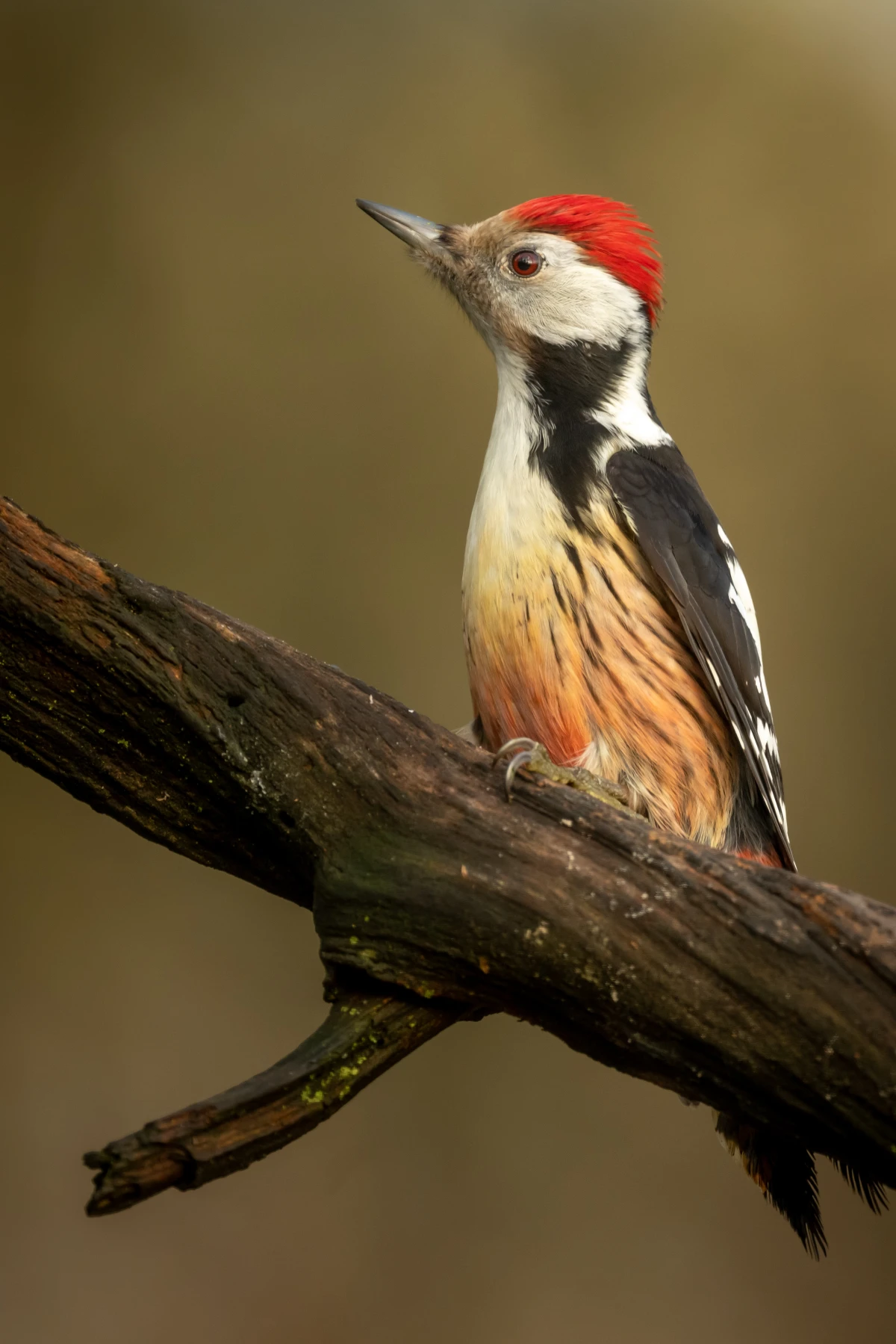
Thinking Like a Bird: Why They Chose Your House
To outsmart a bird, you have to understand what it wants. Luckily, their needs are pretty basic: food, water, and safe, sheltered spots to hang out and raise a family. Your property might be accidentally rolling out the red carpet for them.
Birds are incredibly visual. They see in color, and many can even see in the ultraviolet spectrum, which is why shiny, flashy things can work so well as deterrents. A sudden glint of light or a shape that mimics a predator can tap into their instinct to flee. Hearing is also key. They use calls to signal danger, and this is why audio deterrents that broadcast distress calls can be effective… for a while.
But here’s the catch: birds are smart. They learn. If that scary sound or shiny object is in the same place day after day, they’ll eventually figure out it’s not a real threat. It’s a process called habituation, and it’s the number one reason DIY efforts fail.

Ultimately, shelter is the biggest draw. Overhangs, attic vents, and cozy ledges look like predator-proof nesting sites. An urban pigeon isn’t being stubborn by trying to reclaim your balcony; it’s fighting for what it sees as a prime piece of real estate.
The Gold Standard: Physical Barriers That Actually Work
If you want a permanent, one-and-done solution, physical exclusion is the only way to go. It’s more work upfront, but it’s the difference between managing a problem and ending it. This is what the pros do.
1. Professional-Grade Bird Netting
This is the heavy hitter of bird control. We use it to block off everything from apartment balconies to massive warehouse ceilings. And please, don’t confuse this with the cheap plastic stuff you find in the garden aisle. That flimsy netting tears easily and can be a death trap for birds, which is exactly what we want to avoid.
Pro-level netting is a tough, UV-stabilized material installed under high tension with a steel cable system. When a bird flies into it, it just bounces off safely. The key is the mesh size. For tiny birds like sparrows, you need a tight 3/4-inch mesh. For starlings, a 1-1/8-inch mesh is perfect, and for big guys like pigeons, you can use a 2-inch mesh. Using the wrong size is a classic amateur mistake. I once had to rescue a dozen sparrows from a 2-inch net someone had installed themselves to save a few bucks. It was awful.
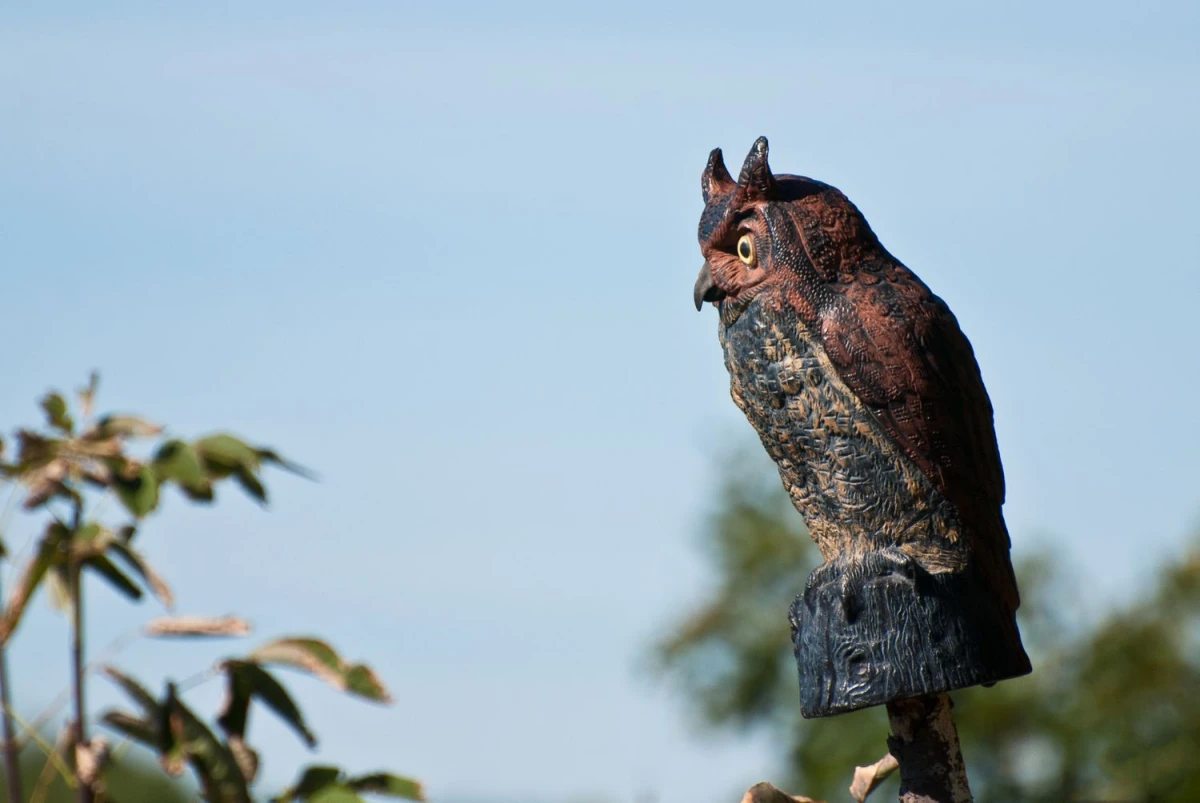
Heads up on cost: Netting isn’t cheap. Professionally installing it on something like a small balcony could run you anywhere from $400 to over $900, depending on the complexity of the job. It’s highly effective, but there’s a definite trade-off between looks and function.
2. Bird Spikes: The Misunderstood Defender
The name sounds brutal, but bird spikes are completely harmless. The tips are blunted, not sharp. They just make a surface impossible to land on comfortably. The goal is simply to persuade the bird that the ledge next door is a much better spot to hang out.
The secret is in the quality and installation. Always go for stainless steel spikes in a UV-protected polycarbonate base. The cheap all-plastic versions will get brittle and break in a couple of years. And don’t just use any old glue. For a job that lasts, you need a serious construction adhesive like Loctite PL Premium or a similar polyurethane-based product. You can find it at any hardware store for about $10 a tube. It stays flexible and holds up to weather. A dab of regular silicone just won’t cut it.
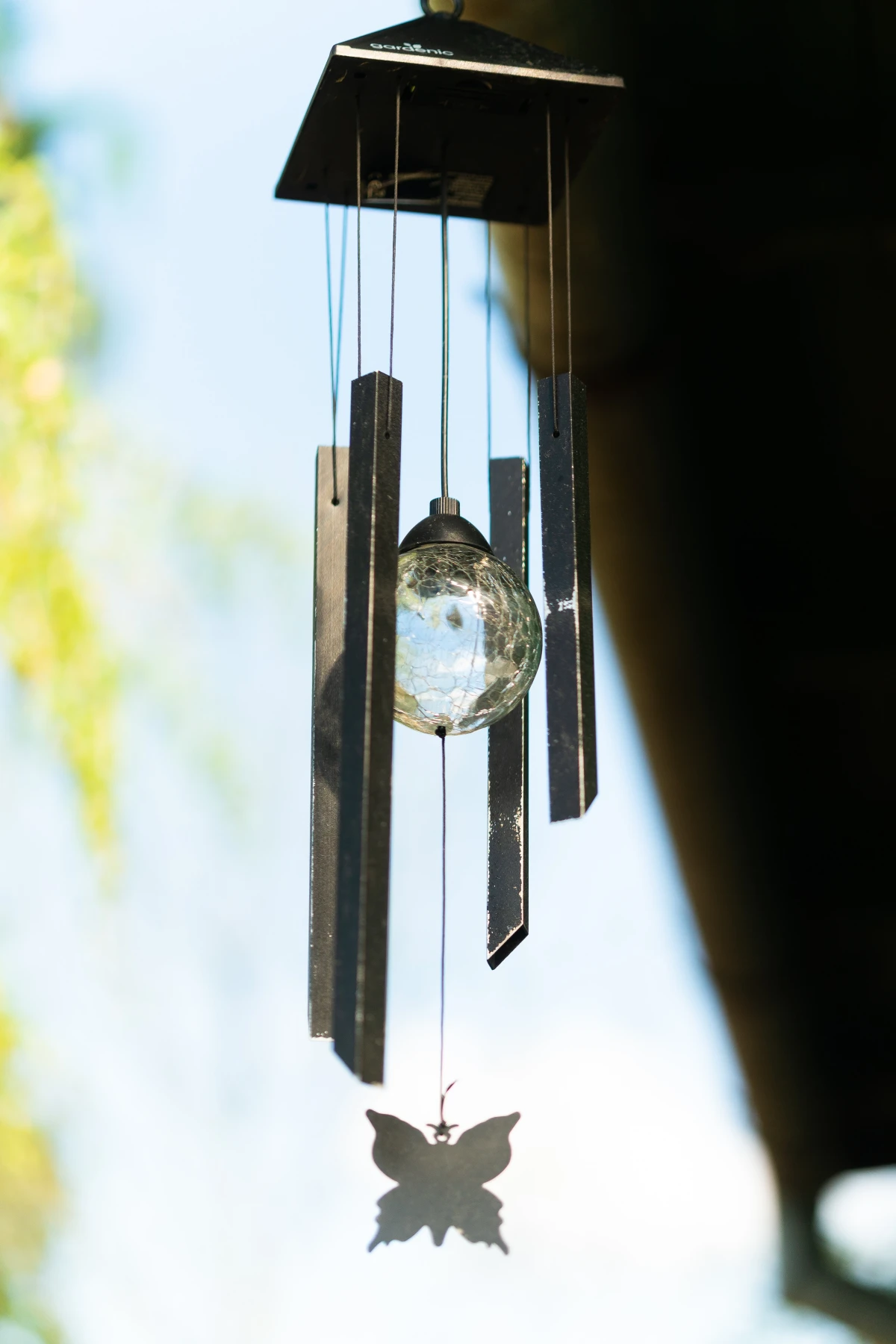
Good to know: Spikes are great for stopping birds from casually roosting on ledges, signs, and pipes. They are NOT effective against birds that are determined to nest. I have seen pigeons build massive nests right on top of spikes, using them as a reinforced foundation. If you’ve got nesting pressure, you need something more robust.
Deterrents: How to Use Sight and Sound the Smart Way
Sensory deterrents are best used as a secondary defense or for less-invested birds. The trick is to keep things changing so the birds don’t get used to them.
Forget about hanging old CDs from a string. Birds figure those out in a day. Instead, use holographic scare tape. It’s a mylar ribbon that flashes erratically and makes a crinkling sound in the wind. Hang 2-3 foot strips, and—this is the important part—move them to new spots every few days.
And that plastic owl you have sitting on your roof? Honestly, it’s probably not doing much. I have a whole photo album of birds roosting right next to those things. If you want to use a predator decoy, you have to create the illusion of life. Move it every other day. Even better, pair it with a decoy that has some motion, like a kite that looks like a hawk.

A quick word on those ultrasonic devices you see advertised everywhere: save your money. Most birds hear in the same range as humans. They can’t hear those high-frequency sounds, and numerous studies have shown they have little to no effect in an outdoor setting.
How to Choose: Spikes vs. Netting vs. Tape
Feeling a bit overwhelmed? Let’s break down which solution is right for you. Instead of a chart, let’s just talk it through.
For ledges, pipes, and sign-tops (low to medium pressure): Bird spikes are your best bet. They are relatively affordable for a DIY project—expect to pay around $2 to $5 per foot for good quality spikes. It’s a one-time installation that provides a permanent physical barrier for that specific spot. DIY-friendly? Absolutely, as long as you can safely reach the area and use the right adhesive.
For balconies, eaves, and large open spaces (high pressure/nesting): This is where you bring in the big guns: netting. It’s the most effective solution, creating a total barrier. However, it’s also the most expensive and visually intrusive. This is often a job for the pros, as getting the tension right is critical for both effectiveness and safety.

For gardens, fruit trees, and temporary problems: Scare tape is a great first line of defense. It’s incredibly cheap (around $10 for a big roll) and easy to install. The downside? It’s not a permanent fix. It’s best for spooking flocking birds that are new to an area and requires you to move it around to keep it effective.
The All-Important Cleanup: Don’t Skip This Step!
Dealing with bird droppings isn’t just about looks; it’s a serious health and safety issue. Droppings can contain fungal spores that cause nasty lung infections if inhaled. Plus, the pheromones in pigeon droppings actually attract more pigeons. You have to get rid of it.
Here’s my simple, safe, 4-step cleanup method:
- Gear Up. This is non-negotiable. Wear an N95 respirator mask, waterproof gloves, and safety goggles.
- Soak It Down. Use a spray bottle with a 1-to-10 bleach-and-water solution to thoroughly wet the droppings. Let it sit for 10-15 minutes. This disinfects and, more importantly, prevents dangerous dust and spores from going airborne.
- Scrape and Remove. Use a plastic putty knife or scraper to lift the softened mess.
- Bag and Toss. Seal the waste in a heavy-duty garbage bag and dispose of it.
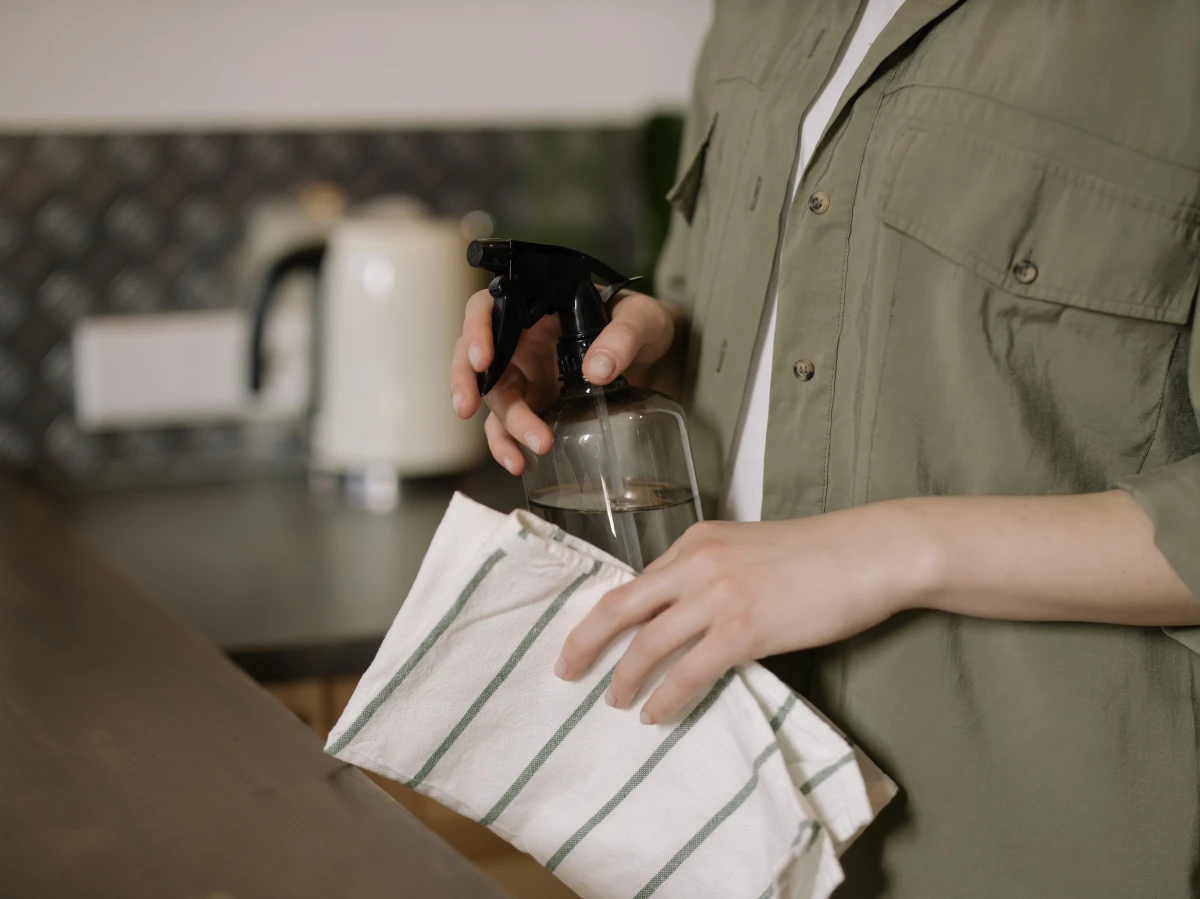
Your DIY Bird-Proofing Starter Kit
Ready to tackle a small job yourself? Here’s a basic shopping list to get you started. You can find all of this at a place like Home Depot, Lowe’s, or online.
- 1/4-inch Hardware Cloth: A small roll of this galvanized steel mesh costs about $15. It’s perfect for securely covering vents.
- Stainless Steel Bird Spikes: Budget around $30-50 for a 10-foot section.
- Construction Adhesive: One tube of a quality brand will run you about $10.
- Scare Tape: A 100-foot roll is usually around $10-$12.
- Safety Gear: Don’t skimp here! A good mask, gloves, and goggles are essential.
When Is It Time to Call a Professional?
I’m all for a good DIY project, but some situations are best left to the experts. Give a licensed and insured wildlife control pro a call if:
- You’ve found an active nest of a protected species (like swallows or woodpeckers). They’ll know the legal and humane way to proceed.
- The problem is way up high or in a dangerous-to-reach spot. Your safety is worth more than a few hundred bucks.
- You’re dealing with a huge, established flock of birds. A big problem requires a big, integrated solution.
- Your own attempts have failed. Sometimes a pro’s eye is needed to spot the real source of the issue.
- The cleanup job is massive and feels like a health hazard. Let someone with the right gear and training handle it.
By focusing on humane, long-term solutions, you can protect your property and live peacefully alongside your local wildlife. It’s all about solving the puzzle that nature throws at you.
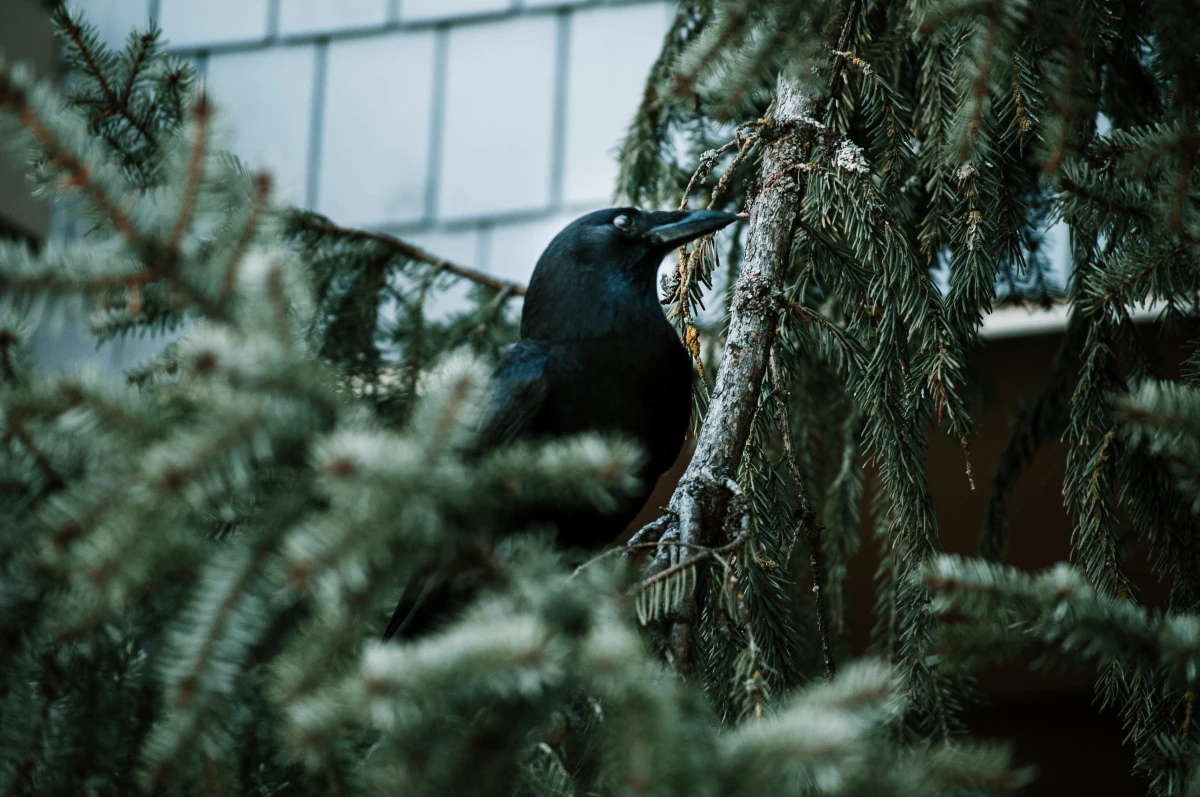
Inspirational Gallery
Bird Spikes: Ideal for flat or curved surfaces like ledges, window sills, and signage where birds tend to perch. Brands like Bird-B-Gone offer durable stainless steel options that are discreet from a distance.
Exclusion Netting: The ultimate solution for large open areas such as balconies, courtyards, or under eaves. It creates an impassable physical barrier. For residential balconies, a 3/4-inch heavy-duty polypropylene net is the professional’s choice to exclude sparrows and pigeons without trapping them.
The droppings from a single feral pigeon can carry and transmit over 60 different diseases and ectoparasites.
This is why a bird problem is more than just an aesthetic issue. When cleaning up droppings, always wear gloves and an N95 respirator mask to avoid inhaling dried, aerosolized particles that can cause respiratory illnesses like histoplasmosis.
Do those plastic owls and fake hawks actually work?
They can, but only for a very short time. Birds are smart and quickly learn when a predator never moves. For a decoy to have any lasting effect, you must move it to a different spot every few days. For a persistent infestation, static decoys are rarely a long-term solution.
- Check where your dryer or kitchen exhaust vents exit the house.
- Inspect gaps where siding meets the chimney or foundation.
- Look for damaged screens on attic and gable vents.
- Examine the eaves and soffits for any small openings.
A critical warning on repellent gels: Avoid using sticky tactile gels. While marketed as a simple fix, they can disastrously trap smaller birds, beneficial insects, and even bats, leading to a slow and inhumane death. They also become a grimy mess, collecting dirt and debris that is extremely difficult to clean.
For a small garden or single balcony railing, a simple DIY deterrent can be surprisingly effective. It won’t solve a major infestation but discourages casual feathered visitors.
- Tie several old CDs or strips of reflective scare tape to a length of fishing line.
- Hang them so they can spin and move freely in the breeze.
- The unpredictable flashes of light and constant movement startle many birds, encouraging them to find a more peaceful spot.
- Stops woodpeckers from drilling through your repairs.
- Prevents sparrows and mice from chewing their way in.
- Doesn’t rust or stain your siding over time.
The secret for a lasting fix? Before you caulk or seal a hole, pack it tightly with a copper mesh product like Stuf-fit. Birds and rodents hate the feel of it, and it creates a physical barrier that foam or caulk alone can’t provide.
Beyond the visual relief of clean ledges and intact siding, there’s the sound. The absence of the constant pre-dawn cooing from pigeons, the frantic chirping from a nest in your vent, or the rhythmic drumming of a woodpecker is a tangible result. It’s the sound of your home being returned to you—a quiet sanctuary, not an unwilling aviary.
A single woodpecker can peck up to 12,000 times per day.
When that force is directed at your home, it’s not just about the annoying noise. Each hole is an entry point for water, rot, and insects like carpenter ants. The initial damage you see is often just the tip of the iceberg, hiding potential structural issues beneath the siding.
Wonder how historic buildings stay bird-free without ugly spikes? Many use discreet, low-voltage electric track systems like Avishock. It delivers a mild, harmless but memorable shock when a bird lands on it. This conditions them to avoid the ledge entirely, preserving the building’s aesthetic while providing effective, humane control.










